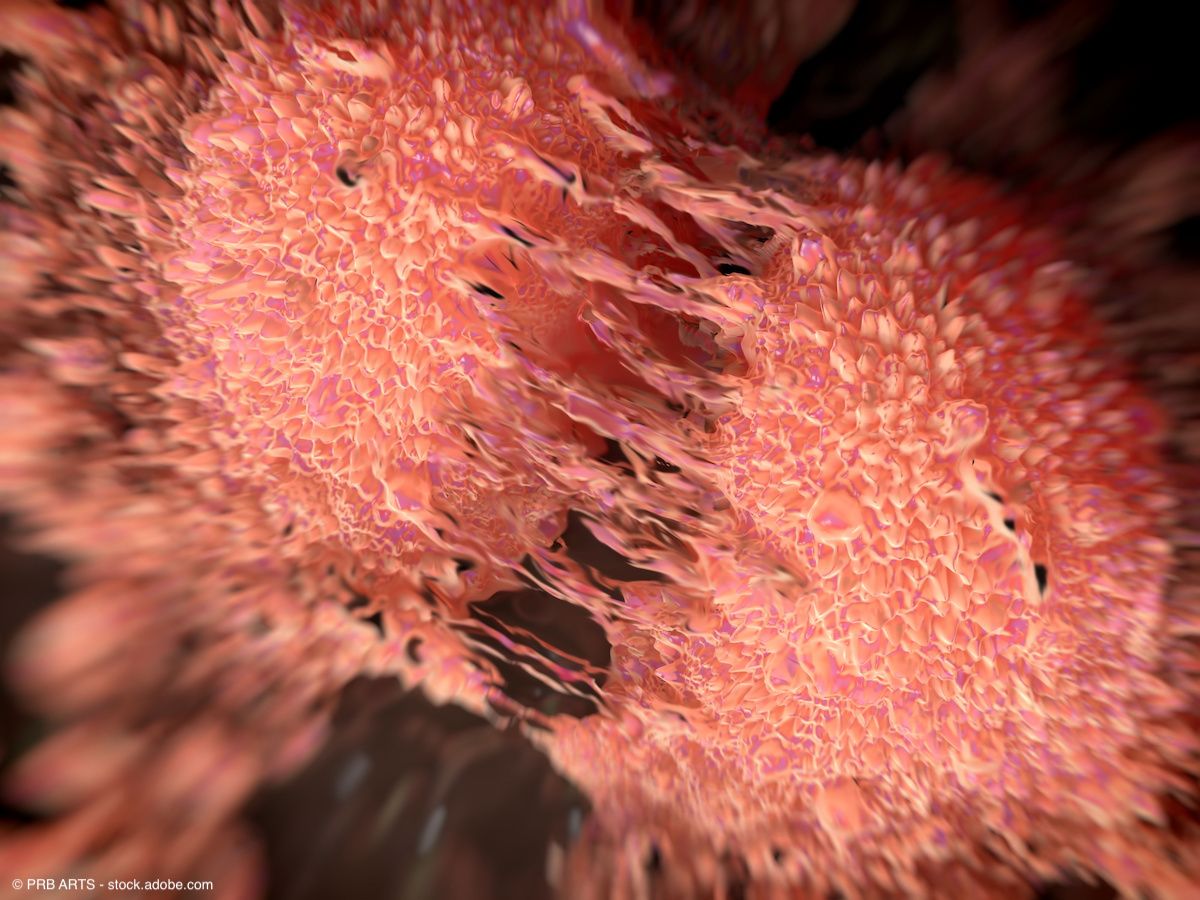Opinion
Video
Dr. Foxton on results of drug combination with PSMA agent for prostate cancer
Author(s):
"In terms of the minimal overlapping toxicity, our non-clinical data from the xenograft model showed minimal toxicity with the combination," says Caroline Foxton, PhD.
"We'd like to repeat the experiment with another MEK inhibitor in the class, because here we only used cobimetinib, and there are several others that are already approved for use in cancer," says Caroline Foxton, PhD.

In this interview, Caroline Foxton, PhD, discusses the study, “Evaluation of a synergistic drug combination with 177Lu-rhPSMA-10.1 for prostate cancer: Results of an in vitro screen and in vivo proof of concept study,” which she presented, on behalf of Blue Earth Therapeutics, at the American Association for Cancer Research Annual Meeting in San Diego, California. Dr. Foxton is Vice President, R&D Strategy and Collaboration, for Blue Earth Diagnostics.
Can you elaborate on the significance of using cobimetinib in combination with 177Lu-rhPSMA-10.1 for PSMA-expressing prostate cancer? How does targeting the MEK-MAPK pathway potentially enhance the radioligand therapy?
PSMA is expressed in the majority of prostate cancers, but it's known that there is heterogeneity in terms of PSMA expression, both intra- and inter-tumor heterogeneity. So, a synergistic drug combination could improve the therapeutic response of 177Lu-rhPSMA-10.1 in tumors, or areas of tumor, with lower PSMA expression that would get a lower dose of the rhPSMA-10.1, as well as in tumors with high PSMA expression. To answer your question about the MEK-MAP kinase pathway and how it works, to date, we haven't done any mechanism of action experimentation ourselves, so we don't have any data at this stage. But our current hypothesis is based on the non-clinical literature, evidence that shows that the MEK-MAP kinase pathway is involved in regulation of the DNA damage response. Therefore, we think that inhibition of the MEK-MAP kinase pathway, in this case with cobimetinib, during the DNA damage response may be radiosensitizing the cancer cells to 177Lu-rhPSMA-10.1.
The study mentions an "in vitro screen" to identify candidate drugs. Can you explain the purpose and limitations of this type of screening method in the development of cancer therapies?
The in vitro screen we used was a cell-based assay. And in it, we tested a library of more than 150 FDA-approved anticancer drugs to identify synergistic combinations with 177Lu-rhPSMA-10.1. The cell-based assay was designed to compare the effects on clonogenic survival of a prostate cancer cell line, of each test drug alone, with that of test drug plus 177Lu-rhPSMA-10.1. These types of cell-based screens are an efficient way of identifying lead candidates from a long list, before moving into more complex non-clinical models with the shortlist of “hits.” In terms of limitations, this screen used only 1 prostate cancer cell line, which would have a certain genetic background and mutation status. With this type of model, there's always a question about how reflective this will be of the entire prostate cancer patient population, as prostate cancer is heterogeneous.
The results showed promising anti-tumor effects of the combination therapy in xenografts. How well do these results translate to potential effectiveness in human patients with advanced prostate cancer?
To determine how well these non-clinical results translate to human patients, we would need to conduct a clinical study. However, Blue Earth Therapeutics has previously presented non-clinical data showing promising antitumor effects with 177Lu-rhPSMA-10.1 as a single agent in the same xenograft model as we used in this work. And in preliminary studies of 177Lu-rhPSMA-10.1 in patients with prostate cancer, which have been published, this has translated to favorable dosimetry and efficacy in the clinic. We're hopeful that this pre-clinical combination data would translate into potential clinical performance, but we would need to do the clinical study to be certain. However, across oncology many combination approaches have been shown to be more effective than monotherapies. And we think radiation is particularly amenable to combination therapy.
The study mentions minimal overlapping toxicities observed for the single agents. How important is this finding for the potential clinical application of this combination therapy?
In terms of the minimal overlapping toxicity, our non-clinical data from the xenograft model showed minimal toxicity with the combination. And based on the single-agent safety profiles from clinical data to date, there don't appear to be any obvious overlapping toxicities. So we hope this should mean a decent safety margin in the clinic. However, a clinical trial would be needed to test this hypothesis.
Based on the results, what are the next steps for further research on this combination therapy for prostate cancer? Are there any specific challenges to address before clinical trials can be initiated?
We'd like to repeat the experiment with another MEK inhibitor in the class, because here we only used cobimetinib, and there are several others that are already approved for use in cancer. And we'd also like to try another prostate cancer cell line model to confirm that this is a generalizable finding. That would be our non-clinical next step. And we're currently considering how best to take this forward into the clinic.
Is there anything you would like to add?
The main thing to add is that Blue Earth Therapeutics conducted a systematic in vitro screen in a cell-based model and then followed up and demonstrated that the effect did carry through into efficacy in a xenograft model. This is particularly encouraging because the cell-based data did translate into proof of concept in the more complex in vivo model, which often isn't the case in non-clinical work.















